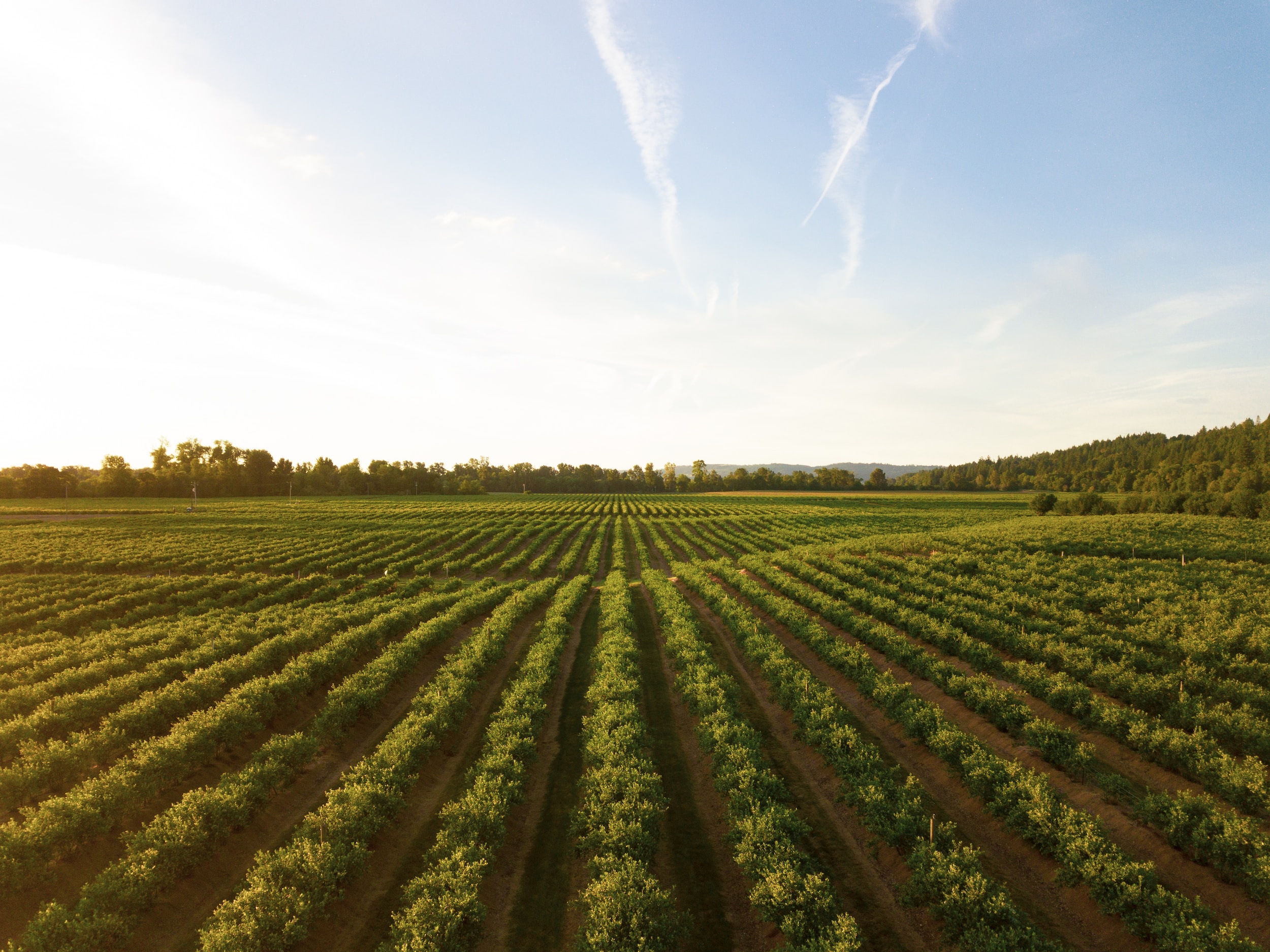What's New
April 10th 2025
Ecology Law Quarterly Volume 51.2 Front Matter
April 10th 2025
We are honored to introduce Ecology Law Quarterly’s Annual Review for 2023–24 presented in this 51.2 edition. The Annual Review represents a unique opportunity to highlight the academic scholarship of Berkeley Law students. This year’s selection of cases range from covering landmark decisions on our nation’s foundational environmental statutes to ...
April 10th 2025
This Note argues that Congress can and should pass new federal building electrification legislation to protect, incentivize, and accelerate local electrification efforts.
April 10th 2025
This Note analyzes and applies the Supreme Court’s reasoning in National Pork Producers Council v. Ross (NPPC) to make two arguments. First, it argues the majority’s analysis of extraterritoriality in NPPC reinforces the case for overruling the previous “garbage cases” and refocusing the Dormant Commerce Clause (DCC) on protectionism. Second, ...
April 10th 2025
This Note first examines how textualism’s plain meaning rule requires the enacted purposes canon. Next, it examines the Clean Water Act and its purposes section, which is ideal for interpretation under the enacted purposes canon because of its clarity, specificity, and comprehensiveness. Finally, it examines the conservative split in Sackett ...
April 10th 2025
This Note focuses on the Navajo Nation’s unqualified right to divert water from the Colorado River, the decreed rights of the Nation versus undecreed rights, and how administrative agencies can employ an EJ-plus lens to provide the Nation with administrative solutions.
April 10th 2025
Focusing on the tail end of the material life cycle of e-products, this Note raises issues regarding e-waste pollution including how the global trade of this hazardous waste creates informal economies that can be harmful to human health and the environment. It proposes a domestic policy measure that could reduce ...
April 10th 2025
This In Brief explores Maine Lobstermen’s Association v. National Marine Fisheries Service. It argues that the D.C. Circuit’s textualist approach to the Endangered Species Act (ESA) and refusal to give the benefit of the doubt to the endangered North Atlantic right whale (NARW) limits the scope of agency interpretations when ...
Showing 1 - 8 of 424



